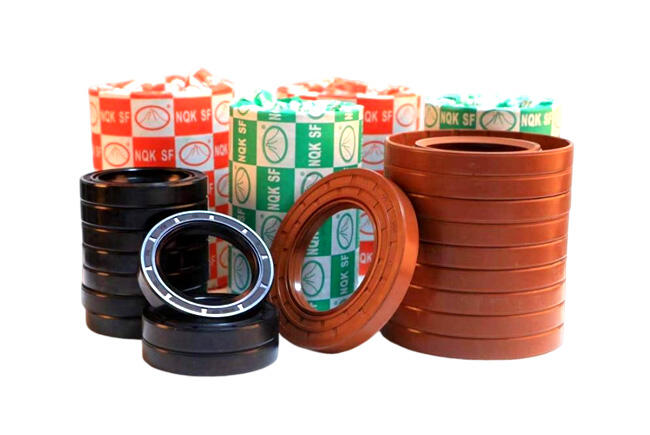Think a seal is just a ring of rubber No way. In pumps and motors it keeps fluids where they belong. In aircraft and trains it protects systems that people’s lives depend on. In robotics it makes sure every movement is smooth and precise.
So what makes a seal qualified It’s not about looking perfect on the shelf. It’s about surviving pressure spikes in hydraulic systems. It’s about staying flexible in freezing wind turbines. It’s about resisting chemicals in a steel plant.
Quick Breakdown
· Materials matter NBR for oil FKM for heat EPDM for water PTFE for chemicals.
· Precision counts A fraction of a millimeter off and you get leaks.
· Pressure and temperature extremes are the real test.
· Documentation and testing prove reliability.
Why Distributors Care
A qualified seal means:
· No last minute shortages
· Custom sizes when needed
· Certificates and batch numbers that build trust
· Support when customers call with urgent problems

FAQ
Q: How do I know if a seal is good for hydraulics A: Polyurethane or reinforced PTFE with tested ratings.
Q: What about seals for wind turbines A: They need to resist ozone UV and cold.
Q: Do all seals need certification A: Not always but in aerospace and automotive yes.
A qualified seal is more than a product. It is a promise. For pumps engines robots ships trains planes and trucks the right seal is the silent partner that keeps everything running. For distributors it is also about supply stability and trust.
 Hot News
Hot News